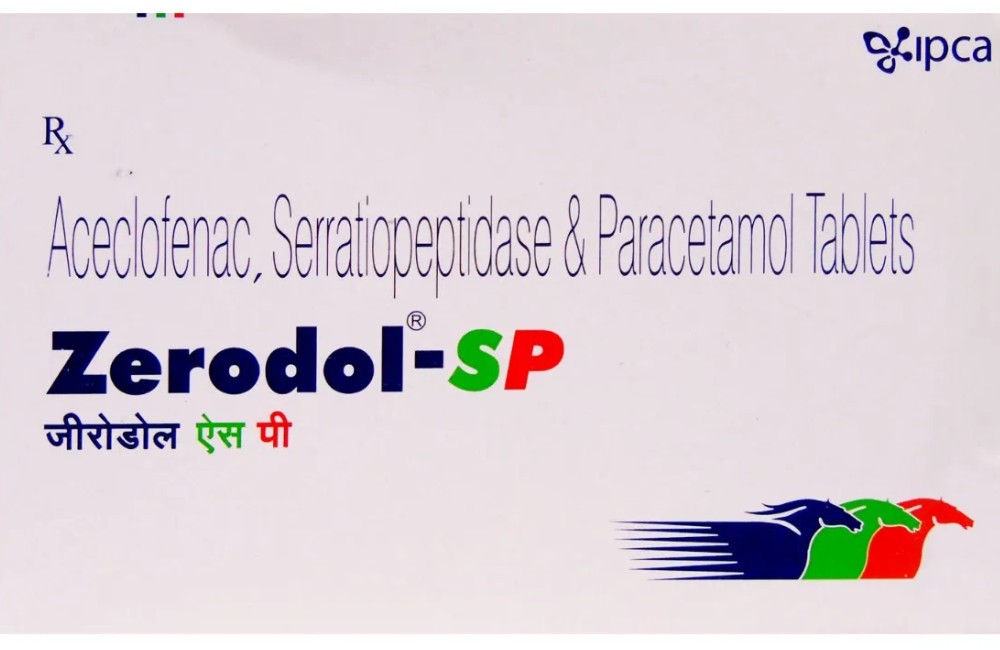Different Types of Drug-Resistant Tuberculosis and Diagnosis

Tuberculosis, often referred to as TB, has been a persistent threat to public health for centuries. However, a particularly menacing form of this disease has emerged – drug-resistant tuberculosis. Imagine a formidable adversary that outsmarts our best medications and leaves patients with limited options for treatment. In this article, we will embark on a journey to uncover the different types of drug-resistant tuberculosis and explore the methods used for its diagnosis.
But wait, what exactly is drug-resistant tuberculosis? Think of it as a shape-shifting villain in a medical thriller, one that defies conventional treatment, evolving into new forms that baffle doctors and patients alike. To fight this foe effectively, we need to understand its many faces and learn how to identify them.
Table of Contents
TogglePrimary Drug-Resistant TB
Primary drug-resistant TB is a formidable challenge, as it’s naturally resistant to one or more of the first-line drugs used to treat TB. This means that when a person contracts TB, they are immediately infected with a strain of the bacteria that doesn’t respond to typical medications. The consequences of this resistance can be dire, as it necessitates more aggressive treatment options from the very beginning. It’s a stark reminder of the adaptability of the TB bacterium and the need for ongoing research to develop new drugs.
Acquired Drug-Resistant TB
Acquired drug-resistant TB is a situation that develops when a patient initially has drug-sensitive TB but doesn’t complete the prescribed treatment. This scenario is akin to offering the bacteria a window of opportunity to adapt and become resistant to the drugs being used. Incomplete treatment or early discontinuation can have dire consequences, as the surviving bacteria evolve into a more resilient and challenging form of the disease. This situation underscores the importance of adherence to the prescribed treatment regimen.
Multidrug-Resistant TB (MDR-TB)
MDR-TB is the true arch-nemesis of TB treatment. This form of drug-resistant TB boasts resistance to two of the most potent first-line drugs, isoniazid and rifampicin. This presents a significant hurdle for treatment, as it eliminates the primary medications used to combat TB. Patients diagnosed with MDR-TB require a more extensive and often less effective treatment regimen, which is also associated with a higher risk of side effects. MDR-TB is a testament to the ever-evolving nature of TB and the urgent need for research into new treatments.
Extensively Drug-Resistant TB (XDR-TB)
XDR-TB is the next level of drug resistance. It takes drug resistance to an extreme by being resistant not only to first-line drugs but also to second-line drugs. This means that not only is the initial treatment regimen ineffective, but also many of the backup medications. The limited options for treatment, coupled with the aggressive nature of XDR-TB, make it a major concern for global health. It highlights the importance of both preventing TB and ensuring that patients receive appropriate and complete treatment.
Total Drug-Resistant TB (TDR-TB)
TDR-TB is the ultimate nightmare scenario in the world of tuberculosis. This rare form of drug-resistant TB has a frightening characteristic: it’s resistant to all known drugs used to treat TB. Conventional treatments are entirely ineffective, leaving patients and healthcare providers in a dire predicament. Dealing with TDR-TB demands innovative and unorthodox approaches. Researchers are working tirelessly to find new ways to combat this highly resistant strain and offer hope to those affected.
Inadequate Treatment
Inadequate treatment, often stemming from patients not completing their full course of antibiotics, is a common cause of drug resistance. When individuals stop taking their prescribed medications prematurely, they allow the TB bacteria to adapt and become resistant. This is why it’s essential for patients to adhere to their treatment plans and complete the entire course of antibiotics.
Incomplete Treatment
Even when TB symptoms have disappeared, stopping treatment prematurely can leave drug-resistant bacteria behind. These remaining bacteria can become dormant, lurking in the body until they become active again, leading to a resurgence of the disease. This emphasizes the importance of following the prescribed treatment plan in its entirety.
Misuse of Antibiotics
The misuse and overuse of antibiotics also contribute to the development of drug-resistant TB strains. When antibiotics are used inappropriately or excessively, they apply selective pressure on the bacteria, favoring the survival of drug-resistant strains. This misuse of antibiotics occurs not only in TB treatment but also in the broader context of antibiotic usage, making it a critical global concern.
Transmission of Resistant Strains
Another way drug-resistant TB strains emerge is through the transmission of these strains from person to person. When a person with drug-resistant TB transmits the disease to others, it spreads the resistant form of the bacteria. This scenario poses a significant public health concern, as it can result in outbreaks of drug-resistant TB in communities and healthcare settings.
Sputum Culture and Drug Susceptibility Testing
Traditional sputum culture involves growing and identifying TB bacteria, while drug susceptibility testing determines which drugs will effectively combat the disease. These tests are among the primary diagnostic tools used to confirm TB infection and assess its resistance to specific medications. Sputum cultures are performed by collecting and cultivating a patient’s sputum in a controlled environment, and drug susceptibility testing is conducted to determine the best course of treatment based on the bacteria’s drug sensitivity profile.
Conclusion
In conclusion, drug-resistant tuberculosis is a formidable global health challenge that demands our unwavering attention. Its various forms, from primary drug-resistant TB to the terrifying TDR-TB, underscore the adaptability of the TB bacterium and the urgency of innovative treatments. We must address the root causes of drug resistance, including inadequate treatment and the misuse of antibiotics, to prevent its further proliferation. Accurate and timely diagnosis is essential, and researchers continue to explore new avenues for treatment. The battle against drug-resistant TB is ongoing, but with continued efforts, research, and awareness, we can hope to overcome this silent and evolving threat to public health.
FAQ’s
Yes, drug-resistant TB can be transmitted like regular TB, primarily through the air.
Yes, it can be treated, but the treatment is more complex and can take longer.
Maintain good hygiene, avoid close contact with infected individuals, and adhere to prescribed treatments.
MDR-TB is resistant to first-line drugs, while XDR-TB is resistant to first and second-line drugs.
Currently, there’s no specific vaccine for drug-resistant TB, but research is ongoing to develop preventive measures.
Book an Appointment
Recent Articles
-
 Full Body Checkup: A Complete Test List for Optimal Health02 Nov 2023
Full Body Checkup: A Complete Test List for Optimal Health02 Nov 2023 -
 Zerodol-SP Tablet: Power of Pain Relief and Inflammation Control30 Jun 2023
Zerodol-SP Tablet: Power of Pain Relief and Inflammation Control30 Jun 2023 -
 Glycerin for Face: A Game-Changer in Skincare?01 Sep 2023
Glycerin for Face: A Game-Changer in Skincare?01 Sep 2023 -
 7 Hacks to Lower Prolactin Levels Naturally27 Sep 2023
7 Hacks to Lower Prolactin Levels Naturally27 Sep 2023 -
 The Incredible Benefits of Eating Walnuts: Boosting Your Health One Nut at a Time29 Jun 2023
The Incredible Benefits of Eating Walnuts: Boosting Your Health One Nut at a Time29 Jun 2023

